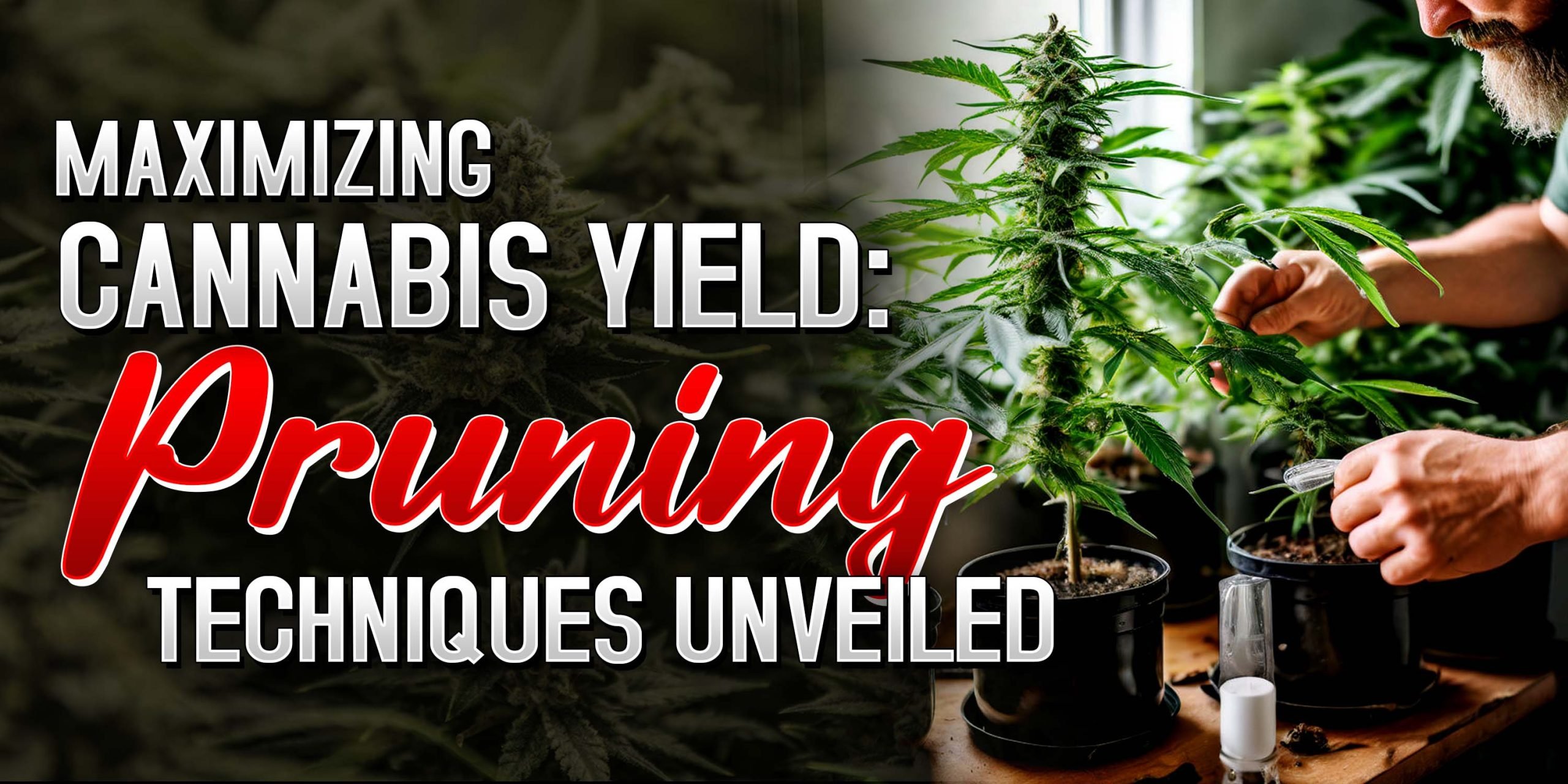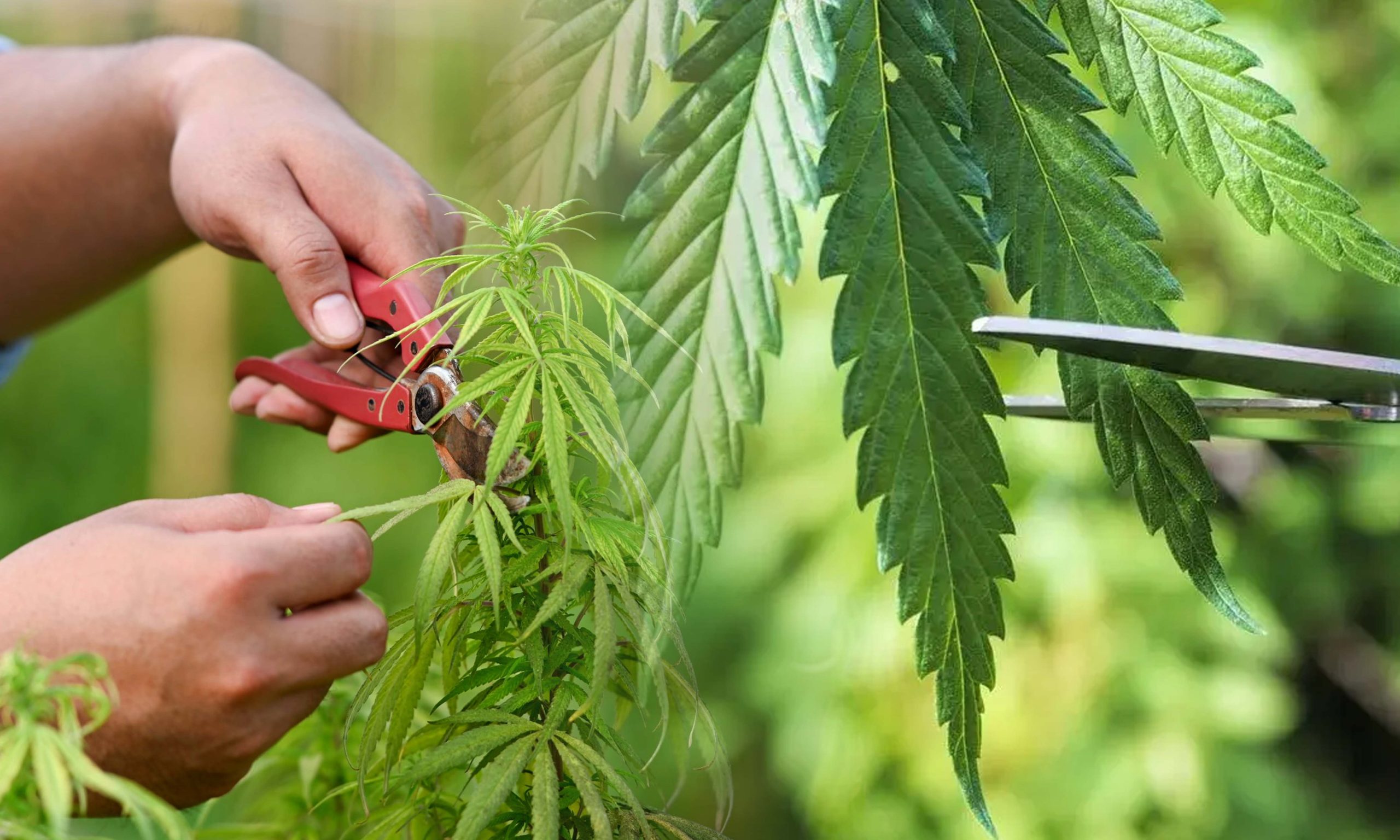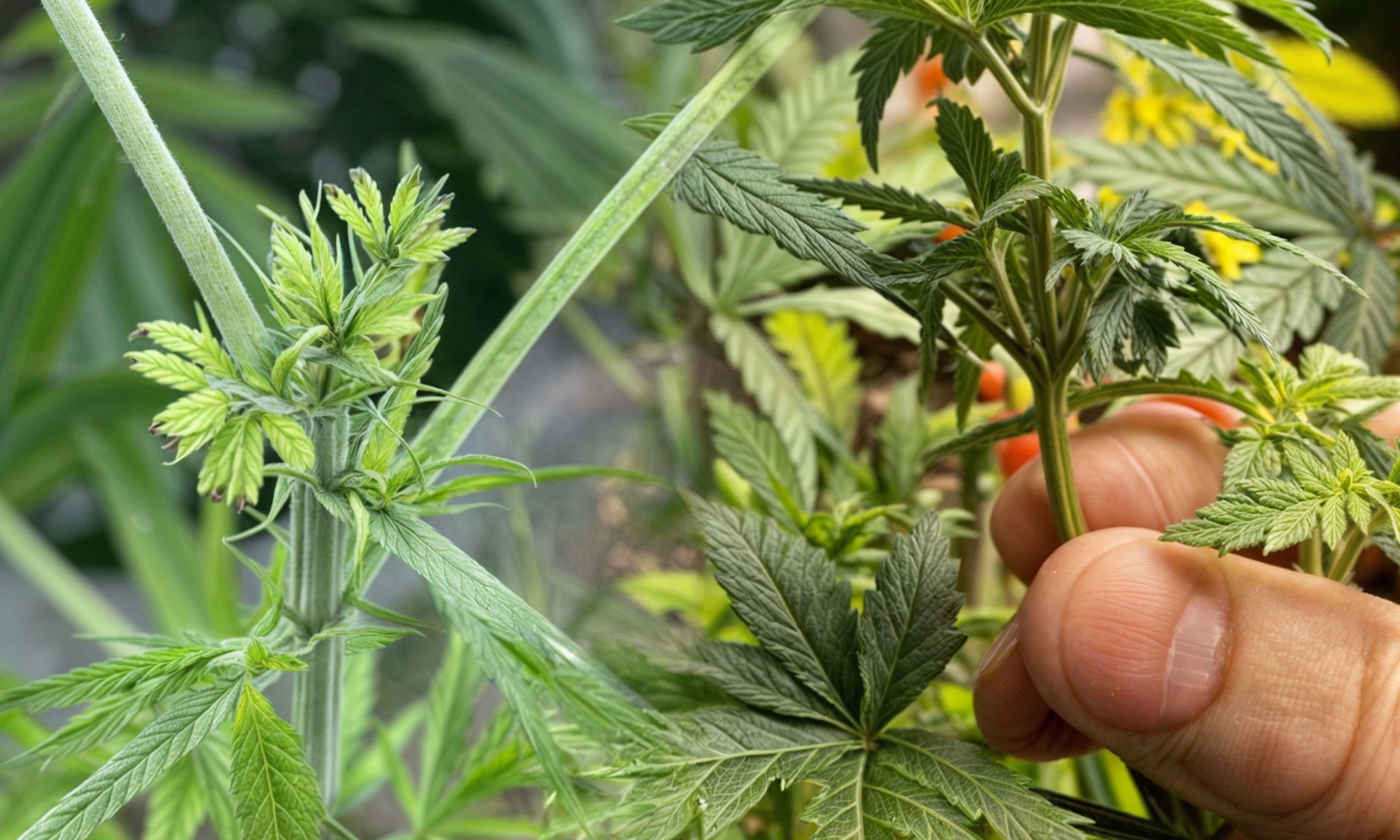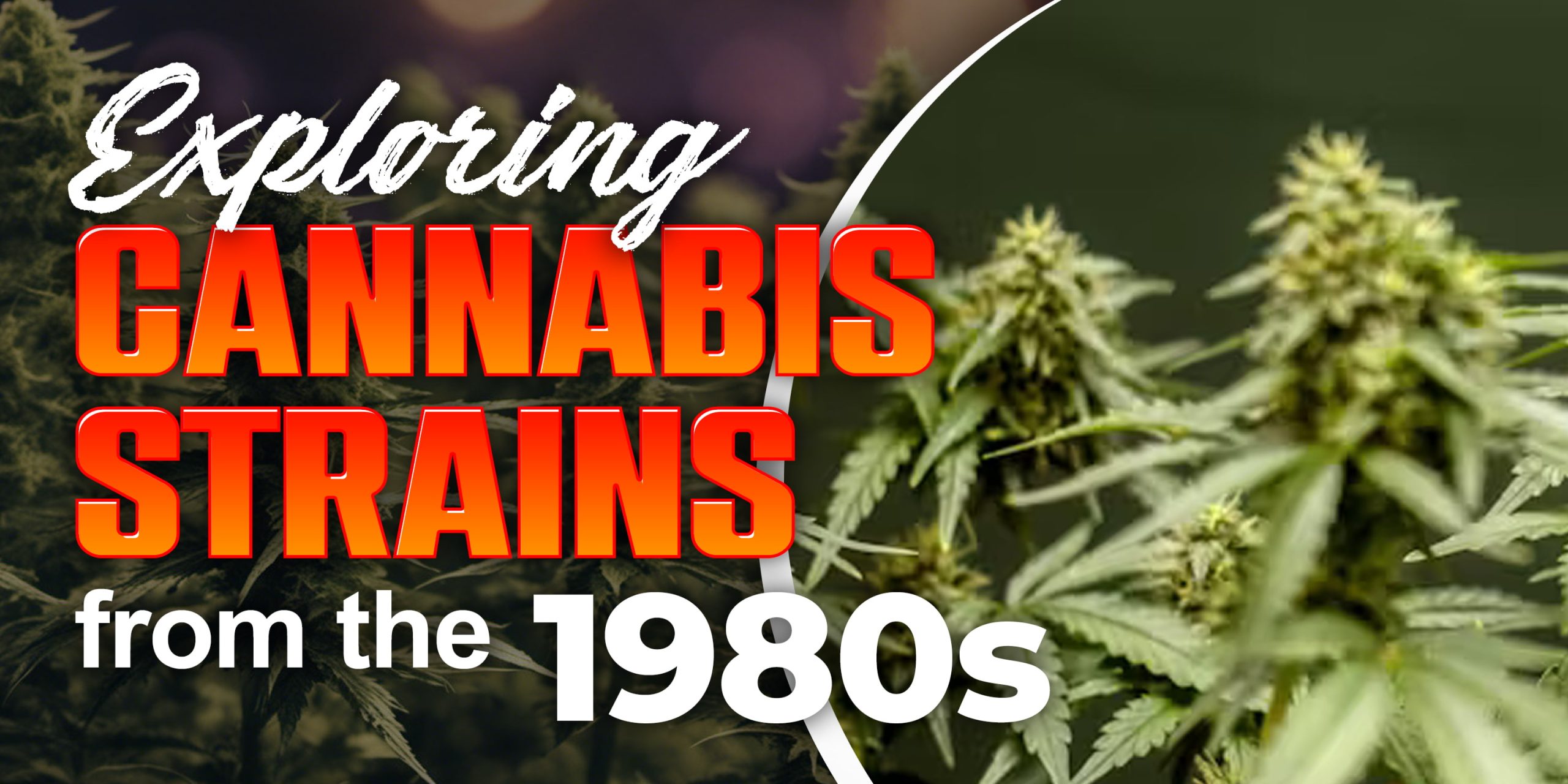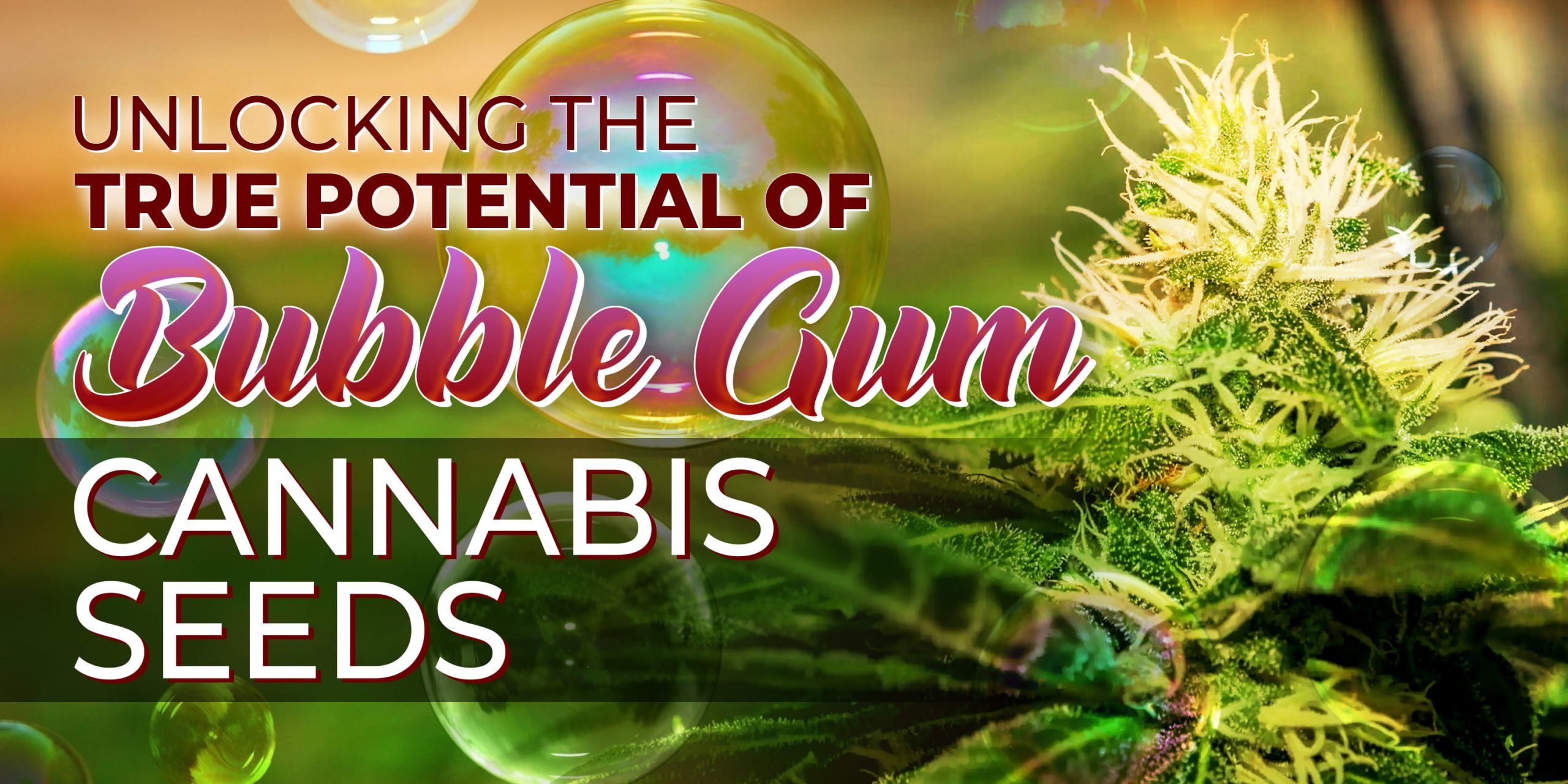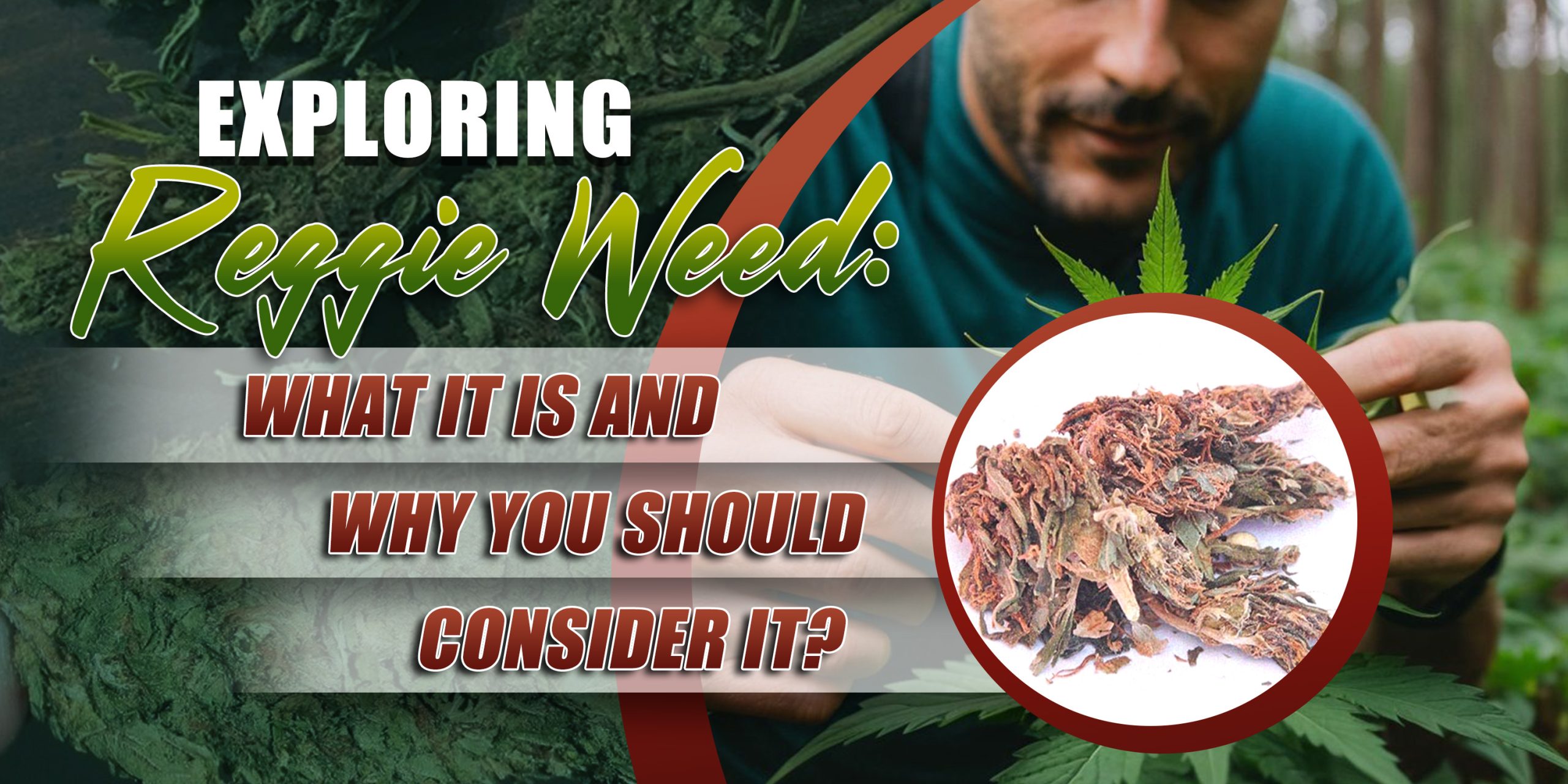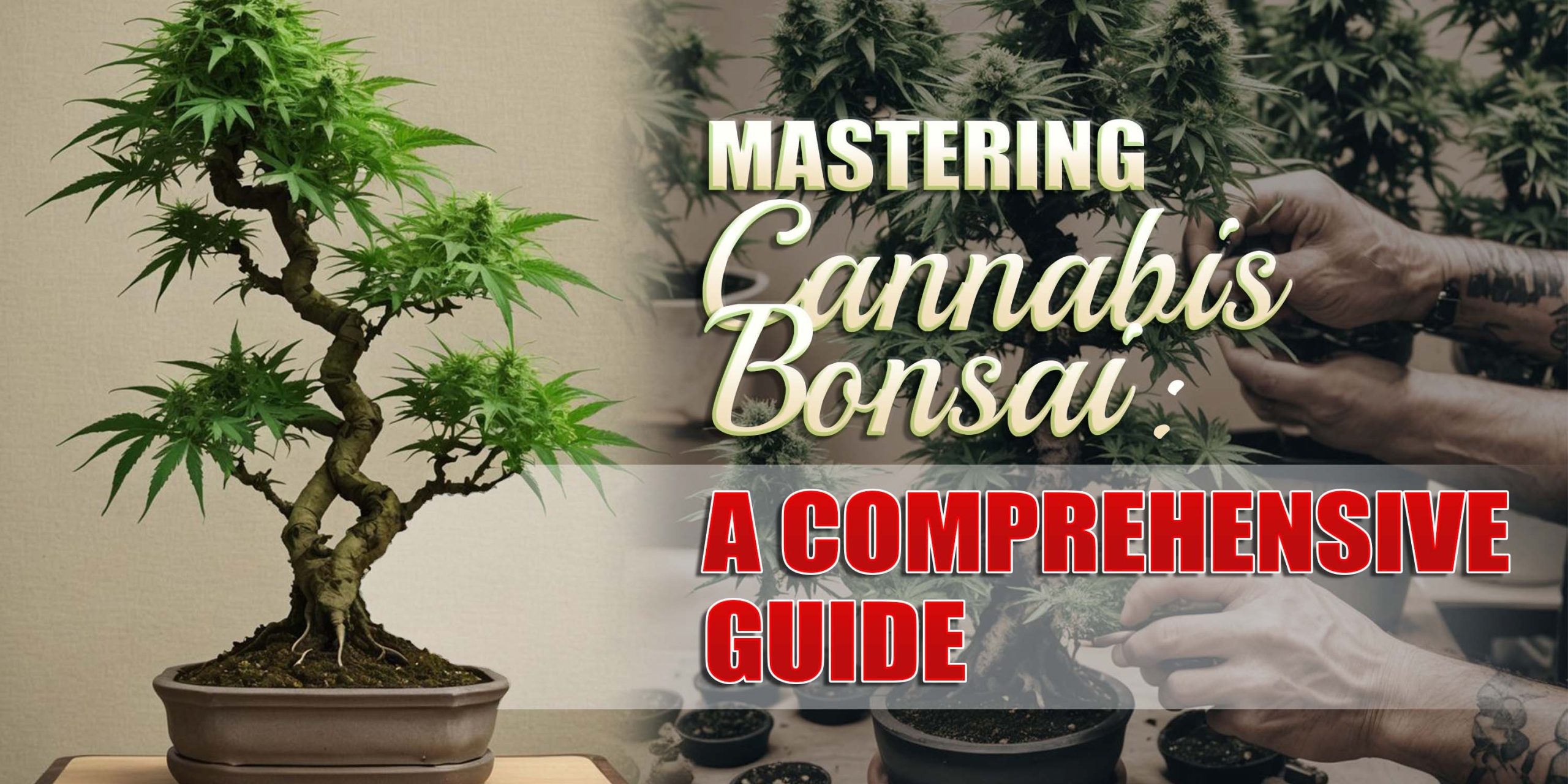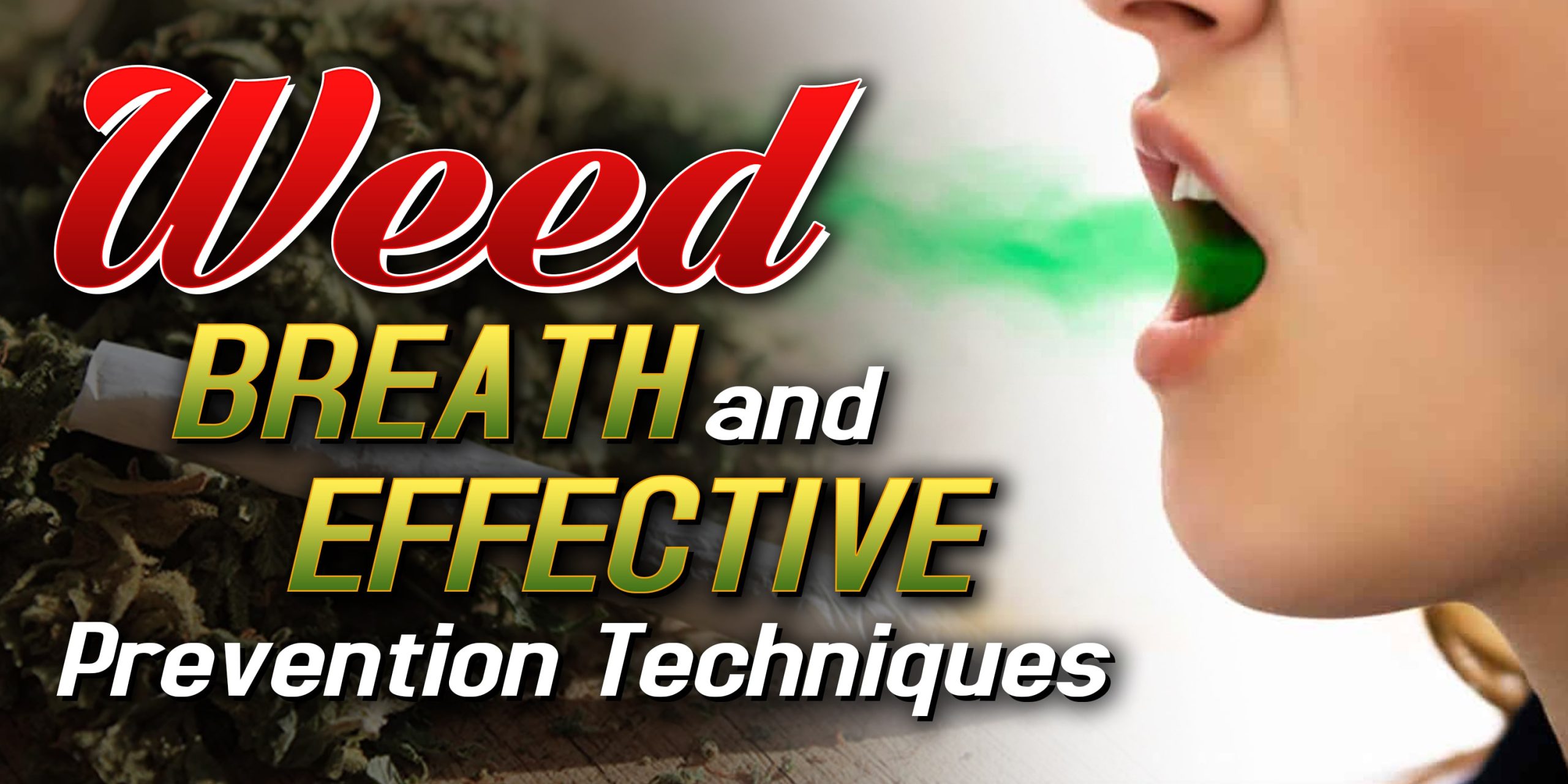Pruning techniques play a pivotal role in achieving this goal, with popular methods often debated: cannabis topping vs fimming. Understanding the importance of each technique is crucial for cultivators looking to optimize their harvests and elevate the quality of their products.
Understanding Cannabis Pruning
What is Pruning?
Pruning involves the strategic removal of specific plant parts to promote desired growth characteristics. This practice encompasses various techniques, each serving a distinct purpose throughout the plant’s life cycle. From trimming away fan leaves to encourage airflow to precise pruning of main stems to stimulate lateral growth, mastering the art of pruning is essential for maximizing yield and quality.
Topping: A Deep Dive
What is Topping?
Topping is a widely practiced pruning technique that involves removing the top growth of a cannabis plant to promote lateral branching. By cutting off the main stem above the node where new growth emerges, growers encourage the development of multiple main colas, ultimately increasing the number of bud sites and overall yield. While topping may seem drastic, it’s a highly effective way to harness the plant’s natural growth tendencies and maximize its potential.
Benefits of Topping
- Increased Yield: By removing the dominant central cola, topping stimulates the growth of secondary branches, resulting in more flowering sites and ultimately a higher yield at harvest.
- Enhanced Light Distribution: Topping promotes the formation of a more even canopy, ensuring that light penetrates evenly throughout the plant. This optimization of light distribution maximizes photosynthetic activity and promotes robust bud development.
- Improved Air Circulation: With a bushier growth structure, topped plants benefit from enhanced airflow within the canopy, reducing the risk of humidity-related issues such as mold and mildew.
How to Top a Cannabis Plant
- Identify the Apical Meristem: Carefully examine the topmost growth tip of the cannabis plant to locate the apical meristem, which appears as a prominent shoot.
- Make a Clean Cut: Using sharp, sterile scissors or pruning shears, make a precise cut just above the node where new growth branches out. It is essential to ensure that the cut is clean to minimize stress and promote rapid healing.
- Monitor Growth: After topping, closely monitor the plant’s progress as new branches emerge from the nodes below the cut. Provide adequate nutrients and support to facilitate healthy growth and recovery.
Exploring Fimming
Fimming, an abbreviation for “F*ck, I Missed,” is a variation of topping that involves a less precise pruning technique. Unlike topping, which removes the apical meristem entirely, fimming entails the partial removal of the top growth, leaving behind a small stub. This method is favored by some growers for its simplicity and potential to stimulate vigorous branching and bud development.
Benefits of Fimming
- Promotes Bushier Growth: By leaving behind a portion of the apical meristem, fimming encourages the emergence of multiple new shoots from the remaining stub, resulting in a more densely branched plant structure.
- Facilitates Even Canopy Formation: Similar to topping, fim cannabis promotes the development of an even canopy, ensuring that light reaches all parts of the plant. This uniform light exposure facilitates optimal photosynthesis and promotes uniform bud growth.
- Minimizes Stress: Fimming involves less drastic pruning than topping, reducing the risk of shock and stress to the plant. As a result, fimmed plants often recover more quickly and resume vigorous growth shortly after the procedure.
How to Fim a Cannabis Plant
- Identify the Apical Meristem: Locate the topmost growth tip of the cannabis plant, where the apical meristem is situated.
- Pinch or Snip: Using your fingers or sharp scissors, pinch or snip off approximately 75% of the new growth, leaving behind a small portion of the tip. The goal is to create a small stub that will stimulate the growth of new shoots.
- Monitor Growth: Keep a close eye on the plant’s response to fimming, observing the emergence of new branches from the stub. Provide appropriate care and support to ensure optimal recovery and continued growth.
Comparing Topping vs Fimming: Which is Better?
Both topping and fimming plants offer unique benefits and are effective pruning techniques for cannabis cultivation. The choice between the two ultimately depends on factors such as grow space, desired plant structure, and personal preference.
Growth Patterns
- Topping: Results in two main colas, encouraging horizontal growth and bushiness.
- Fimming: Generates multiple shoots, creating a more diffuse canopy with numerous budding sites.
Recovery Time
- Topping: Plants typically recover faster due to the cleaner cut and less stress.
- Fimming: This may induce slightly more stress initially, but plants rebound quickly with vigorous growth.
Yield Potential
- Topping: Ideal for maximizing yield per plant, especially in confined spaces with limited vertical clearance.
- Fimming: Well-suited for creating a more even canopy, promoting light penetration and maximizing overall yield.
Conclusion: Making an Informed Decision
When deciding between topping and fimming, it’s essential to consider your specific goals, growing environment, and level of expertise. While topping may be more straightforward and suitable for beginners, fimming weed plants offer the potential for faster recovery and denser canopy coverage, albeit with a slightly higher skill requirement. Ultimately, experimenting with both techniques and observing their effects firsthand is the best way to determine which pruning method works best for your unique growing style and goals.





